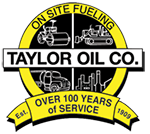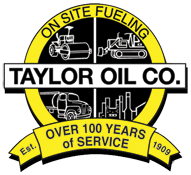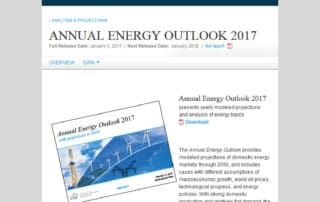Winter Fueling Tips
Winter Fueling Tips - With winter coming, we thought we’d give you some handy winter fueling tips. First off, let’s review the difference between off-road diesel and typical diesel fuel. Off-road diesel is designed for use in equipment that doesn’t operate on public roads, such as tractors, farm equipment, construction equipment, generators and off-road vehicles. Regular diesel is meant for trucks that use public roads. Find out if you can use off-road diesel fuel in your equipment: If you’re unsure, check out this list of commercial fuels. You’ll find a wide range of generators, refrigeration units, backhoes, excavators, and many other kinds of construction equipment. In a nutshell, if it doesn’t travel on public roadways, you are permitted to use dyed diesel. Winterize your equipment properly: Use fuel that is designed to improve engine performance and efficiency, with additives that won’t allow your fuel to gel or freeze during the winter. Don’t forget to drain the water separator regularly. If you find that your fuel rail pressure is abnormally low, you’ll have to rethink your fuel storage approach. Lastly, don’t forget to change your filters regularly according to the manufacturer’s specifications. Use the right blend of fuel: If you operate [...]



